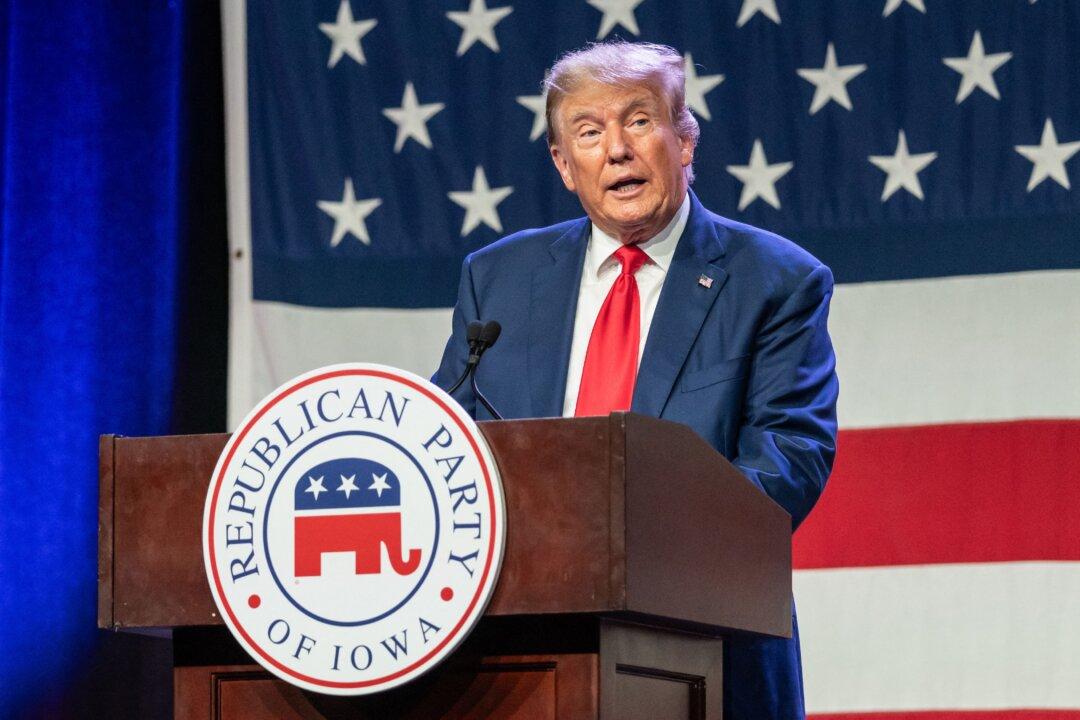The indictment of former President Donald Trump for fighting the results of the 2020 election misses facts that could change the perceived meaning of the events in question.
Special counsel Jack Smith on Aug. 1 filed four charges against Mr. Trump: conspiracy to “impair, obstruct, and defeat” the collection and counting of electoral votes; conspiracy against Americans’ right to vote; obstruction of the electoral vote counting by Congress on Jan. 6, 2021; and conspiracy to obstruct the electoral vote counting (pdf).





